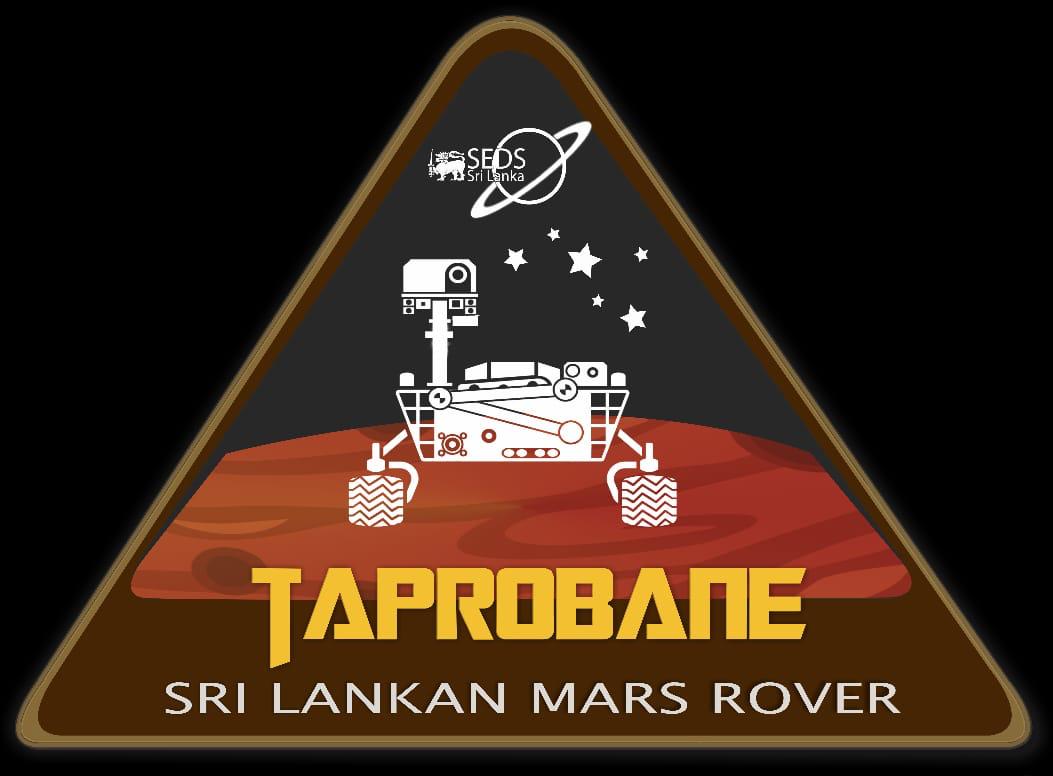Designing A Mars Rover To Launch In 2020
By Sanjuka Karunathilaka
The
Mars 2020 rover is based on the Mars Science Laboratory's Curiosity rover
configuration. It is car-sized, about 10 feet long (not including the arm), 9
feet wide, and 7 feet tall (about 3 meters long, 2.7 meters wide, and 2.2
meters tall). But at 2,314 pounds (1,050 kilograms), it weighs less than a
compact car.
In some sense, the rover parts are similar to what any living
creature would need to keep it "alive" and able to explore.
The Mars 2020 rover mission is part of NASA's Mars
Exploration Program, a long-term effort of robotic exploration of the Red
Planet. The Mars 2020 mission addresses high-priority science goals for Mars
exploration, including key questions about the potential for life on Mars. The
mission takes the next step by not only seeking signs of habitable conditions
on Mars in the ancient past, but also searching for signs of past microbial
life itself. The Mars 2020 rover introduces a drill that can collect core
samples of the most promising rocks and soils and set them aside in a
"cache" on the surface of Mars. A future mission could potentially
return these samples to Earth. That would help scientists study the
samples in laboratories with special room-sized equipment that would be too
large to take to Mars. The mission also provides opportunities to gather
knowledge and demonstrate technologies that address the challenges of future
human expeditions to Mars. These include testing a method for producing oxygen
from the Martian atmosphere, identifying other resources (such as subsurface
water), improving landing techniques, and characterizing weather, dust, and
other potential environmental conditions that could affect future astronauts
living and working on Mars.
The mission is timed for a
launch opportunity in July 2020 when Earth and Mars are in good positions
relative to each other for landing on Mars. That is, it takes less power to
travel to Mars at this time, compared to other times when Earth and Mars are in
different positions in their orbits. To keep mission costs and risks as low as
possible, the Mars 2020 design is based on NASA's successful Mars Science
Laboratory mission architecture, including its Curiosity rover and proven
landing system.
The Mars 2020 Rover Has The Following Parts:
body: a
structure that protects the rover's "vital organs"
brains: computers
to process information
temperature
controls: internal
heaters, a layer of insulation, and more
"neck
and head": a
mast for the cameras to give the rover a human-scale view
eyes and ears : cameras and
instruments that give the rover information about its environment
arm
and "hand": a
way to extend its reach and collect rock samples for study
wheels
and legs: parts
for mobility
electrical
power: batteries
and power
communications: antennas for
"speaking" and "listening
Technology development makes missions possible.
Each Mars mission is
part of a continuing chain of innovation. Each relies on past missions for
proven technologies and contributes its own innovations to future missions.
This chain allows NASA to push the boundaries of what is currently possible,
while still relying on proven technologies.
The Mars 2020
mission leverages the successful architecture of NASA's Mars
Science Laboratory mission by duplicating most of its entry,
descent, and landing system and much of its rover design.
The mission advances
several technologies, including those related to priorities in the National
Research Council's 2011 Decadal Survey and for future human missions to Mars.
Plans include infusing new capabilities through investments by NASA's Space
Technology Program, Human Exploration and Operations Mission Directorate, and
contributions from international partners.
Many innovations
focus on entry, descent, and landing
technologies, which help ensure precise and safe landings. They include
sensors to measure the atmosphere, cameras and a microphone, and at least two
key ways to reach the surface of Mars with greater accuracy and less risk
(Range Trigger and Terrain-Relative Navigation).







Comments
Post a Comment
Add Your Comment Here